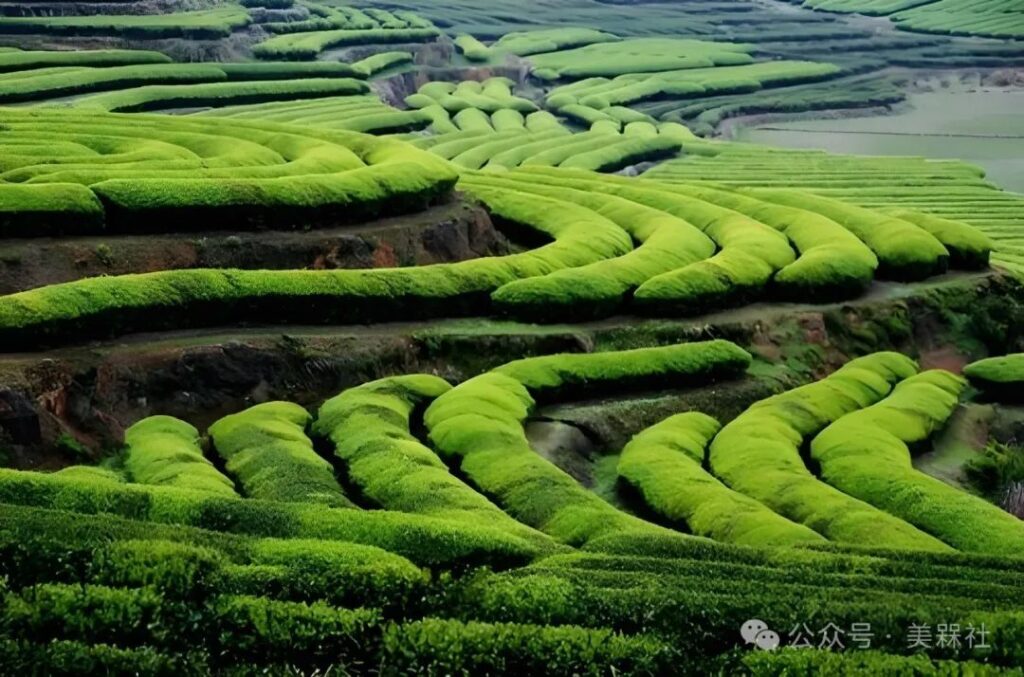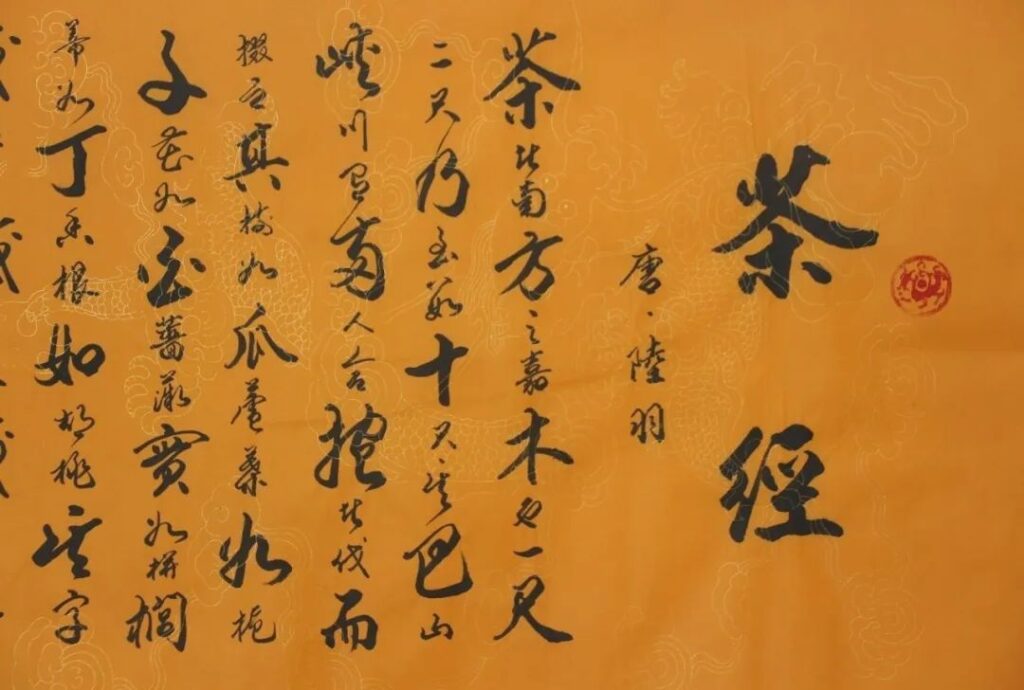From tea as a beverage to its cultural significance, it has been deeply cherished by both the cultural community and the common people. Its evolution and development have been greatly influenced by philosophical thoughts such as Confucianism, Taoism, and Buddhism, with concepts like tranquility, harmony, and nature in tea ceremony aligning well with these philosophies. In the elements of Chinese civilization, tea embodies the diversity of Huaxia civilization, along with its profound historical depth, unique cultural connotations, and extensive social influence. These highlights constitute the important characteristics of tea culture as a treasure of Chinese civilization.
The history of the development of Chinese tea culture is a long and rich process, which can be roughly summarized into the following stages:
At this tea banquet, Wang Xizhi, along with forty-one literati and scholars, enjoyed tea and composed poetry, ultimately creating the famous ‘Preface to the Poems Composed at the Orchid Pavilion’. Such tea banquets were not only social events but also stages for literati to showcase their talents. The ‘Preface to the Poems Composed at the Orchid Pavilion’ states: ‘All the virtuous gathered, young and old alike’; ‘Every time I look at the reasons why people of the past were moved, it is as if they were in agreement, and I have never failed to sigh over the text, unable to express it in my heart’. This cultural activity has allowed calligraphy and tea drinking to blend in the long river of history, forming a unique cultural phenomenon.
03 Tang Dynasty: The Formative Period The Tang Dynasty finally ended the frequent changes of dynasties during the Northern and Southern Dynasties, and social culture entered a relatively stable development stage, reaching a peak. During this stage, the tea field saw the birth of a pioneering work. In 780 AD, Lu Yu wrote ‘The Classic of Tea’, systematically summarizing the cultivation, tea-making techniques, and art of tea drinking, marking the formation of Chinese tea culture. This work has had a profound influence on Chinese tea culture, and even contemporary tea research cannot bypass ‘The Classic of Tea’. Tang Dynasty tea culture included various forms such as court tea ceremony, temple tea rituals, and literati tea ceremony, with a large number of tea poems and tea paintings emerging. This was a manifestation of tea culture rising with the development of social culture, and also a symbol of imperial dignity. In the historical evolution of tea culture, it can be seen that the Tang Dynasty was the golden age of tea culture development, with poets commonly communicating through tea poems. For example, the tea sage Lu Yu had a close relationship with the poet Jiao Ran, and the two often discussed poetry over tea and exchanged ideas. Court and literati gatherings and socializing promoted the spread of tea culture. 04 Song Dynasty: The Flourishing Period of Tea Culture The Song Dynasty was a stage of military weakness but great development in social economy and culture, and the tea industry was no exception. Tea cultivation and production techniques were further improved, and tea culture flourished even more. Many tea books appeared in the Song Dynasty, such as ‘Tea Records’ and ‘Notes on Boiling Tea Water’, and tea art and tea tasting skills were widely promoted. There was an emperor in the Song Dynasty, Zhao Ji, who was a calligrapher and painter, and his love for tea culture also played a role in promoting the prosperity of tea culture at that time. There were many painting works themed on tea during this period, such as Zhao Ji’s ‘Wen Hui Tu’, Liu Songnian’s ‘Dou Cha Tu’ and ‘Ming Yuan Du Shi Tu’, all of which have become models for later artists to copy and are also important ways for us to understand tea culture. Continuing the tea media socializing from the Tang Dynasty, literati in the Song Dynasty particularly liked to hold tea parties, tasting tea and discussing poetry, among which tea parties represented by Su Shi and Huang Tingjian were particularly famous. They not only tasted tea and exchanged ideas at tea parties but also held tea art competitions to compare their skills – which greatly promoted the development of tea art.null
The dissemination of tea culture today encompasses all the application scenarios achievable by social life and technological means, with the consumer demographic continuously becoming younger. These are positive developments, but a less optimistic reality is that the total export volume of Chinese tea still falls short of the Lipton Tea Company and Earl Grey tea system in Britain. This indicates that there is a long way to go in terms of product innovation, internationalization, standardization, and quality control.


